Home>Gardening & Outdoor>Landscaping Ideas>How To Stop Rabbits From Eating Grass
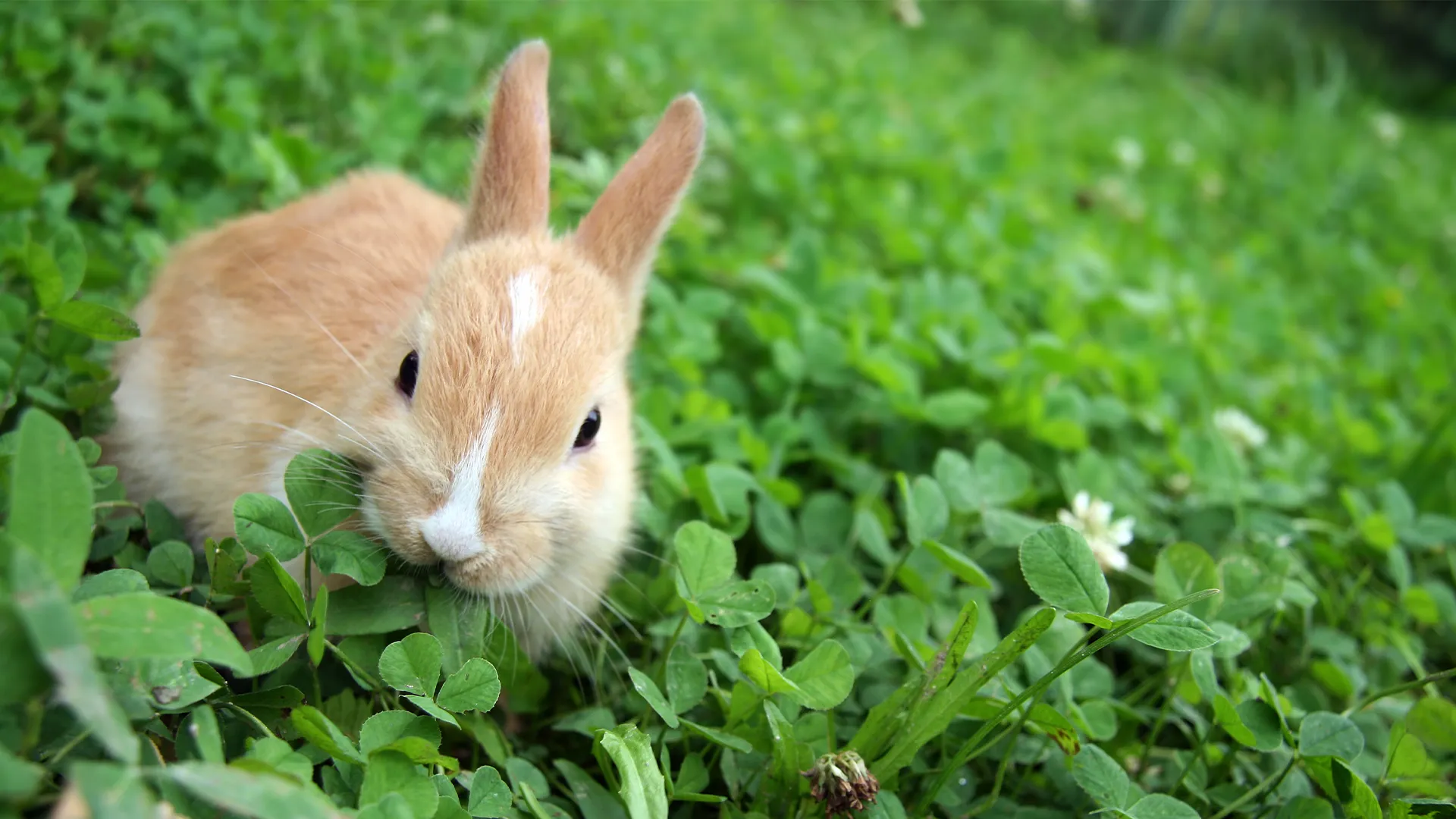

Landscaping Ideas
How To Stop Rabbits From Eating Grass
Modified: August 17, 2024
Learn effective landscaping ideas to prevent rabbits from eating your grass. Discover practical solutions to protect your lawn and garden.
(Many of the links in this article redirect to a specific reviewed product. Your purchase of these products through affiliate links helps to generate commission for Storables.com, at no extra cost. Learn more)
Introduction
Gardening enthusiasts often find themselves faced with the challenge of protecting their lush green lawns and vibrant garden beds from the voracious appetites of rabbits. These adorable yet persistent creatures can wreak havoc on carefully tended landscapes, leaving behind a trail of nibbled grass and decimated plants. However, fear not, as there are several effective strategies to deter rabbits from turning your garden into their personal buffet.
In this comprehensive guide, we will delve into the world of rabbit-resistant landscaping and explore various methods to prevent these furry foragers from devouring your precious greenery. From understanding rabbit behavior to implementing physical barriers and utilizing natural repellents, we will cover a range of techniques to help you reclaim your garden from these persistent pests.
So, whether you're a seasoned gardener or just starting to cultivate your outdoor oasis, join us as we embark on a journey to safeguard your landscape and preserve its beauty from the insatiable appetites of rabbits. With the right knowledge and tools at your disposal, you can create a harmonious environment where both humans and wildlife can coexist peacefully. Let's dive in and discover how to stop rabbits from eating your grass and plants.
Key Takeaways:
- Protect your garden from rabbits by using physical barriers like fencing, wire cloches, and plant collars. Regular maintenance and visual deterrents can enhance their effectiveness.
- Create a rabbit-resistant garden by planting texture and aroma-rich plants, using natural repellents, and removing attractants like debris and food sources. Embrace sustainable methods for a thriving landscape.
Read more: How To Stop My Puppy From Eating Grass
Understanding Rabbit Behavior
Before implementing measures to deter rabbits from feasting on your landscaping, it’s essential to gain insight into their behavior and habits. Rabbits are herbivorous creatures with a keen appetite for a variety of plants, including grass, flowers, and vegetables. They are most active during the early morning and evening, venturing out from their burrows in search of food.
Rabbits are known for their agility and ability to navigate through gardens with ease, making it challenging to keep them at bay. Their voracious appetite and rapid reproduction rate can quickly lead to widespread damage if left unchecked. Understanding their behavior is crucial in developing effective strategies to protect your garden.
One key aspect of rabbit behavior is their tendency to seek out tender, young shoots and leaves, making newly planted areas particularly vulnerable. Additionally, rabbits are cautious and alert animals, always on the lookout for potential predators. This wariness can make them skittish around unfamiliar objects or sudden movements, which can be leveraged when implementing deterrents.
By comprehending the foraging patterns and preferences of rabbits, you can strategically plan your landscaping and defense mechanisms to minimize their impact. This knowledge will inform the selection of rabbit-resistant plants, the placement of physical barriers, and the application of repellents in a targeted and effective manner.
Armed with a deeper understanding of rabbit behavior, you are better equipped to embark on the journey of safeguarding your garden from their appetites. Let’s explore the proactive steps you can take to create a rabbit-resistant landscape that thrives in harmony with nature.
Creating Physical Barriers
Implementing physical barriers is a fundamental and highly effective approach to protect your garden from rabbit intrusion. By creating obstacles that deter rabbits from accessing vulnerable areas, you can significantly reduce the likelihood of damage to your landscaping. Here are some practical methods for establishing physical barriers:
- Fencing: Erecting a sturdy fence around your garden is one of the most reliable ways to keep rabbits at bay. Choose a fence with small mesh or solid panels to prevent them from squeezing through or burrowing underneath. A height of at least 2 feet is recommended to discourage rabbits from attempting to leap over the barrier. Regularly inspect the fence for any signs of damage or potential entry points to maintain its effectiveness.
- Wire Cloches: For individual plants or small garden beds, wire cloches provide targeted protection. These cylindrical or dome-shaped structures, typically made of wire mesh, can be placed over vulnerable plants to shield them from rabbit nibbling. Ensure that the cloches are securely anchored to prevent rabbits from dislodging them.
- Plant Collars: Installing protective collars around young trees and shrubs can safeguard their tender bark from rabbit gnawing. Use durable materials such as hardware cloth or plastic tree guards, and ensure that the collars are tall enough to prevent rabbits from reaching over the top.
When implementing physical barriers, it’s essential to inspect them regularly for any signs of wear or damage. Reinforce weak spots and promptly repair any breaches to maintain the integrity of the protective measures. Additionally, consider integrating visual deterrents, such as scarecrows or reflective objects, to augment the effectiveness of physical barriers by adding an element of unpredictability to the rabbits’ environment.
By strategically deploying physical barriers tailored to the layout of your garden, you can create a fortified defense against rabbit intrusions. These measures not only protect your plants but also contribute to the overall aesthetics of your landscaping, allowing you to enjoy a flourishing garden free from the persistent grazing of rabbits.
Using Repellents
Employing natural repellents is an effective strategy to deter rabbits from feasting on your garden while minimizing harm to the animals and the environment. By leveraging scents and tastes that rabbits find unpleasant, you can create a protective barrier around your plants. Here are some commonly used natural repellents and their application methods:
- Repellent Sprays: Commercial or homemade repellent sprays containing ingredients such as garlic, chili pepper, or rotten egg can be applied to plants to discourage rabbits. Regularly reapply the spray, especially after rainfall, to maintain its potency. When using homemade solutions, ensure that they are non-toxic and safe for the specific plants in your garden.
- Aromatic Plants: Integrate strongly scented plants, such as marigolds, lavender, or thyme, into your landscaping to naturally repel rabbits. These aromatic plants emit odors that rabbits find displeasing, serving as a natural deterrent. Consider planting them as border vegetation or interspersing them among more vulnerable plants.
- Barriers of Blood Meal or Bone Meal: Sprinkling blood meal or bone meal around susceptible plants can act as a deterrent due to the strong scent and taste that rabbits find off-putting. Replenish the barrier after heavy rain or as needed to maintain its effectiveness.
When utilizing repellents, it’s important to follow application guidelines to ensure their efficacy without causing harm to the surrounding ecosystem. Be mindful of potential impacts on beneficial insects and other wildlife, and opt for environmentally friendly repellents that align with sustainable gardening practices.
While natural repellents can be a valuable tool in your rabbit deterrence arsenal, it’s essential to monitor their effectiveness and adjust your approach as needed. Additionally, combining repellents with other deterrent methods, such as physical barriers and strategic planting, can create a multi-layered defense system that enhances the protection of your garden.
By harnessing the power of natural repellents, you can safeguard your garden from rabbit incursions while fostering a balanced and eco-friendly outdoor environment. With thoughtful application and a commitment to sustainable practices, you can create a harmonious landscape where both plants and wildlife thrive in equilibrium.
To stop rabbits from eating grass, try using physical barriers like fences or chicken wire to protect the grass. You can also plant rabbit-resistant plants or use natural repellents like garlic or hot pepper spray.
Planting Rabbit-Resistant Plants
Strategically selecting and cultivating rabbit-resistant plants is a proactive approach to fortifying your garden against rabbit foraging. By incorporating vegetation that rabbits find less appealing, you can mitigate the risk of damage and create a more resilient landscape. Here are key considerations and examples of rabbit-resistant plants to enhance your garden’s defenses:
- Texture and Aroma: Plants with fuzzy or leathery leaves, as well as those with strong, pungent aromas, are less likely to attract rabbits. Consider incorporating perennials such as lamb’s ear, yarrow, and Russian sage, which possess textures and scents that deter rabbit browsing.
- Bitter-Tasting Foliage: Certain plants contain compounds that impart a bitter taste, deterring rabbits from consuming them. Species like daffodils, foxgloves, and irises have foliage that rabbits typically avoid due to its unpalatable nature.
- Native and Adapted Species: Native plants and those adapted to your specific climate and soil conditions often exhibit natural defenses against rabbit damage. Research indigenous flora that thrives in your region and incorporate them into your landscaping to bolster its resilience.
Integrating rabbit-resistant plants into your garden not only enhances its protection but also contributes to the overall biodiversity and ecological balance. By diversifying your plant selection and incorporating species that are less susceptible to rabbit browsing, you can create a vibrant and sustainable landscape that flourishes in harmony with the surrounding environment.
As you plan your garden, consider the unique preferences and behaviors of rabbits to strategically position rabbit-resistant plants in areas that are most vulnerable to foraging. By combining these resilient species with other protective measures, such as physical barriers and natural repellents, you can establish a robust defense system that safeguards your garden’s vitality.
With thoughtful plant selection and strategic placement, you can cultivate a diverse and resilient garden that thrives despite the presence of rabbits, creating a captivating outdoor space that harmoniously coexists with local wildlife.
Read more: When Can Baby Rabbits Eat Grass
Removing Attractants
Eliminating potential attractants and modifying your garden environment can play a crucial role in deterring rabbits and reducing their interest in your landscaping. By removing elements that entice rabbits and making strategic adjustments, you can create an environment that is less inviting to these persistent foragers. Here are key steps to remove attractants and minimize rabbit activity in your garden:
- Clearing Debris: Remove brush piles, overgrown vegetation, and debris that can serve as hiding spots and shelter for rabbits. By maintaining a tidy and open garden space, you reduce the opportunities for rabbits to establish nesting sites near your plants.
- Securing Food Sources: Store birdseed, pet food, and other potential rabbit attractants in secure containers to prevent unintentional feeding. Additionally, consider using bird feeders and pet feeding areas that are elevated or located away from vulnerable garden areas.
- Minimizing Water Sources: Address any standing water issues in your garden, as rabbits are attracted to areas with accessible water. Ensure that birdbaths are not easily accessible to rabbits and address any drainage or irrigation concerns to reduce water accumulation.
By removing attractants and altering the landscape to make it less conducive to rabbit activity, you can proactively discourage their presence and protect your garden from potential damage. These practical measures, when combined with other rabbit deterrent strategies, contribute to a comprehensive approach to creating a rabbit-resistant landscape.
As you implement these steps, observe and adapt your approach based on the behavior of local rabbit populations. By remaining vigilant and responsive to changes in rabbit activity, you can fine-tune your garden management practices to maintain a harmonious balance between your landscaping and the natural habitat of rabbits.
With a proactive mindset and a focus on minimizing attractants, you can cultivate a garden environment that is less appealing to rabbits, fostering a thriving landscape that remains resilient in the face of wildlife interactions.
Conclusion
As you navigate the world of landscaping and wildlife coexistence, the quest to protect your garden from rabbit incursions presents an opportunity to harmonize with nature while preserving the beauty of your outdoor space. By understanding rabbit behavior, implementing physical barriers, using natural repellents, planting rabbit-resistant flora, and removing attractants, you can create a resilient and vibrant landscape that withstands the persistent appetites of these furry foragers.
Through a multifaceted approach that integrates protective measures tailored to your garden’s layout and the local rabbit population, you can establish a balanced ecosystem where both plants and wildlife thrive. By leveraging your knowledge of rabbit behavior and preferences, you can strategically position deterrents and resilient plants to minimize the impact of rabbit browsing while maintaining the natural allure of your garden.
It’s important to approach rabbit deterrence with a mindset of coexistence and respect for the natural environment. By prioritizing humane and sustainable methods, such as natural repellents and rabbit-resistant plantings, you can safeguard your garden while minimizing harm to wildlife.
As you embark on the journey to create a rabbit-resistant landscape, remember that adaptation and ongoing observation are key. Stay attuned to the behavior of rabbits in your area and adjust your strategies as needed to maintain a thriving and protected garden environment.
Ultimately, by embracing the principles of thoughtful planning, proactive defense, and ecological harmony, you can cultivate a garden that flourishes in the presence of wildlife, embodying the timeless allure of a vibrant and resilient outdoor sanctuary.
Frequently Asked Questions about How To Stop Rabbits From Eating Grass
Was this page helpful?
At Storables.com, we guarantee accurate and reliable information. Our content, validated by Expert Board Contributors, is crafted following stringent Editorial Policies. We're committed to providing you with well-researched, expert-backed insights for all your informational needs.
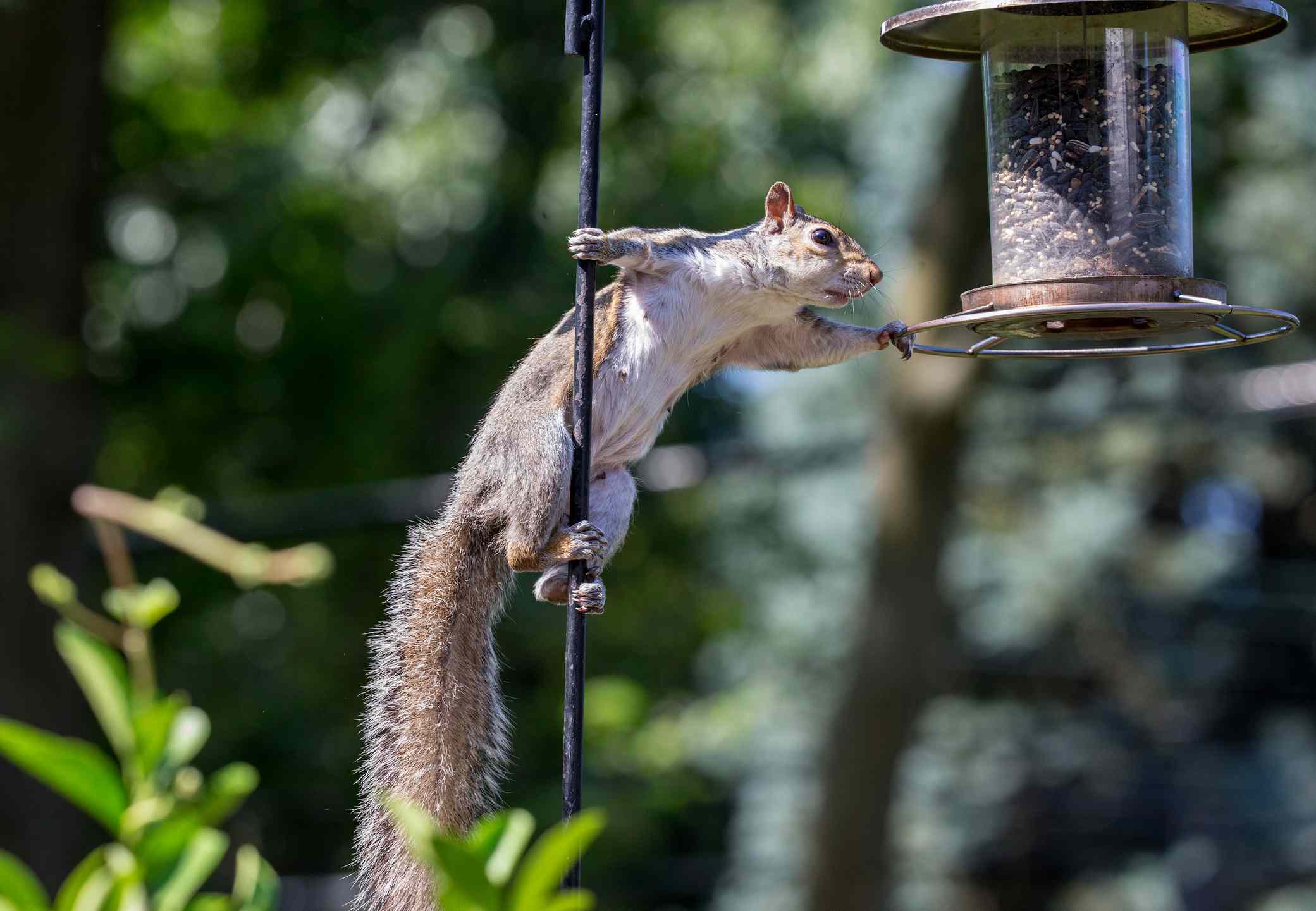
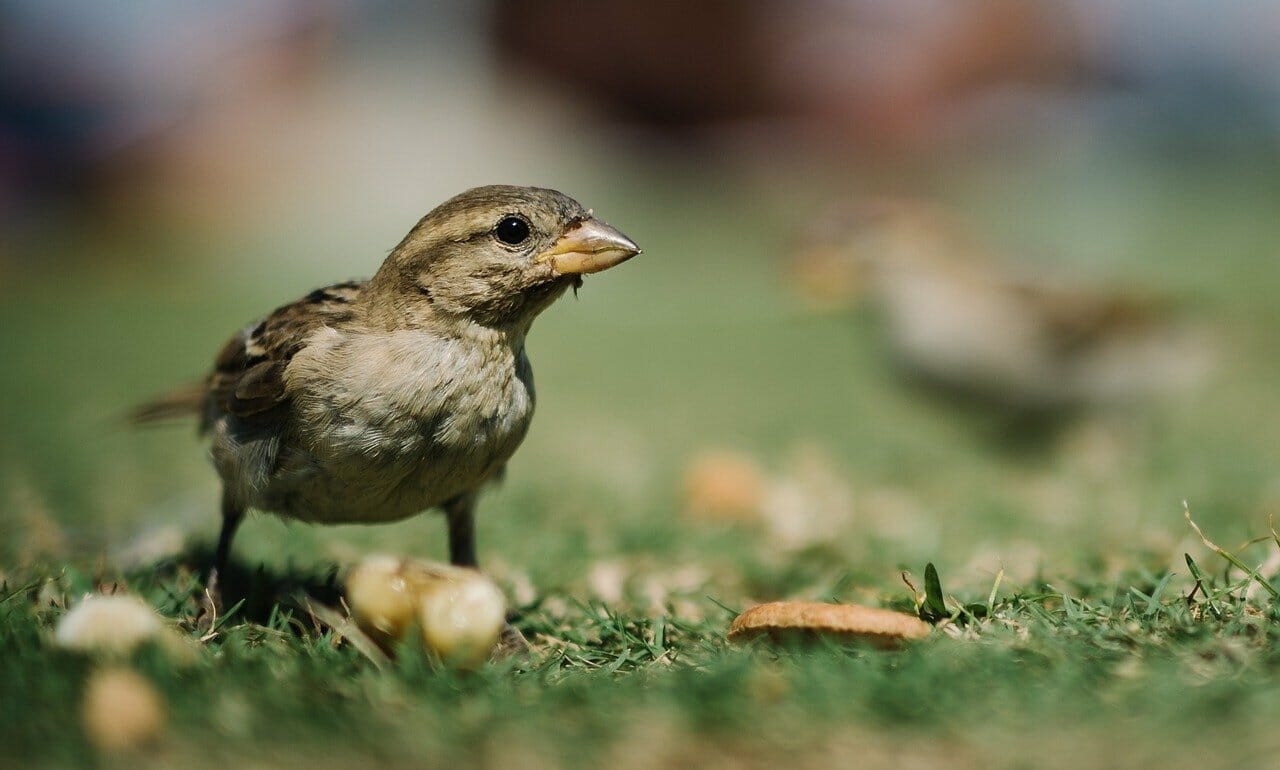




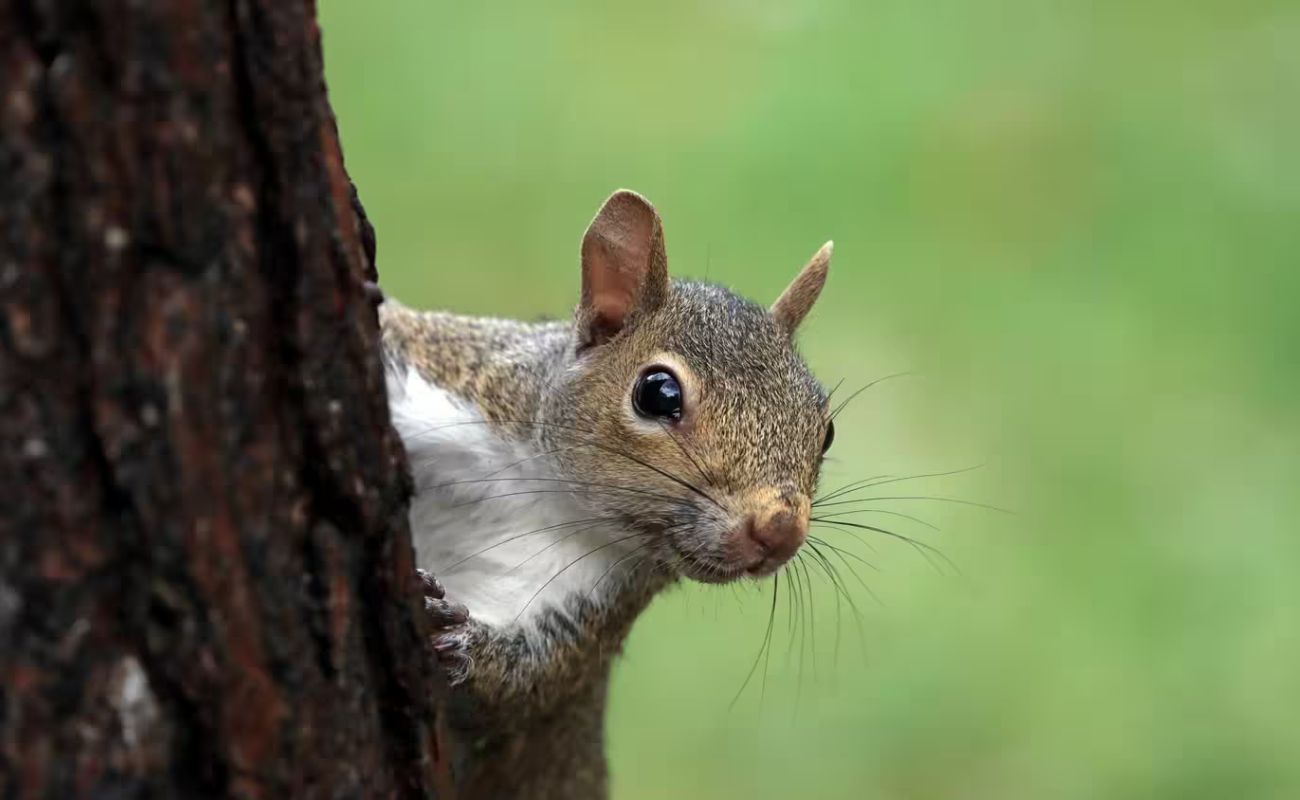

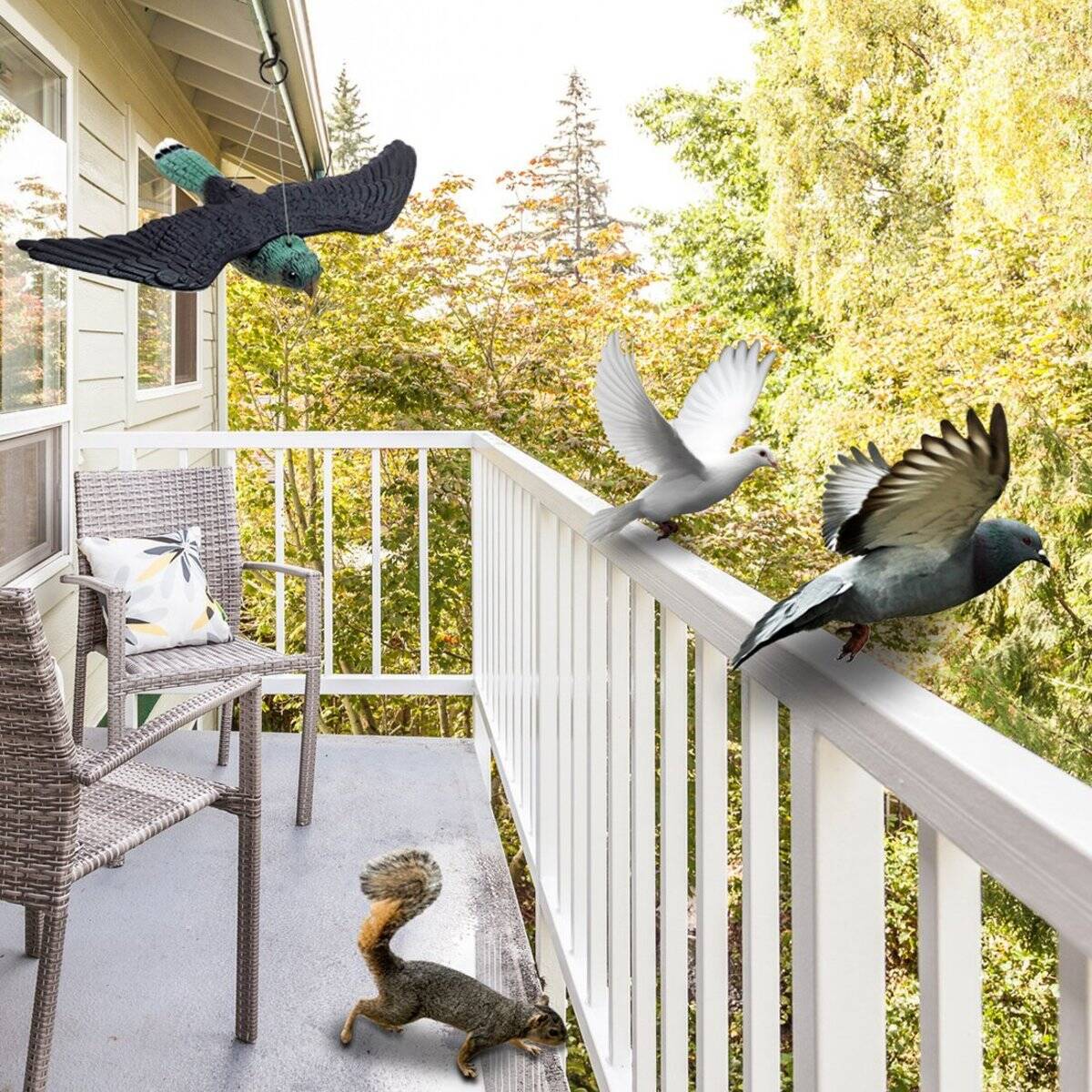
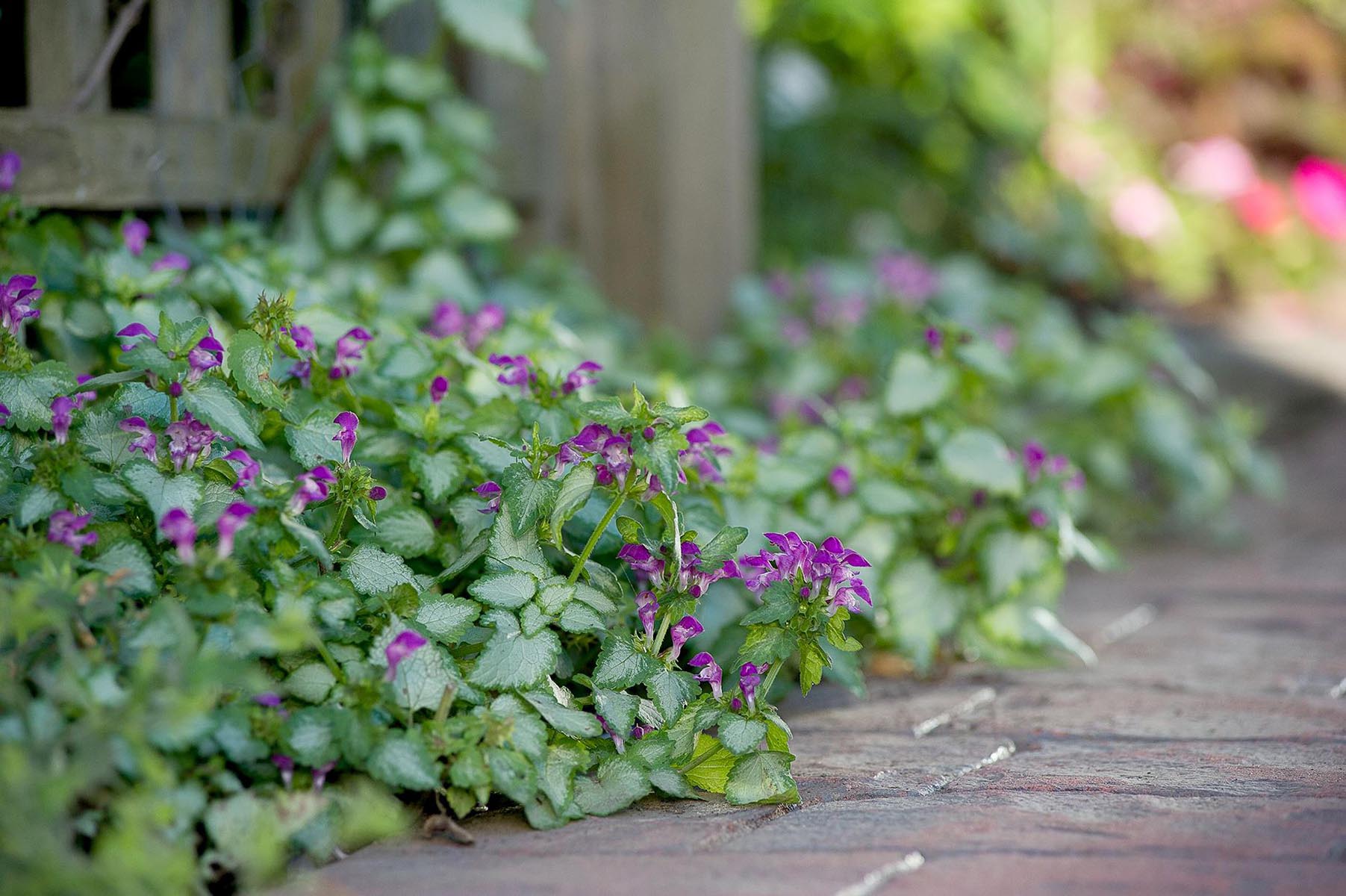
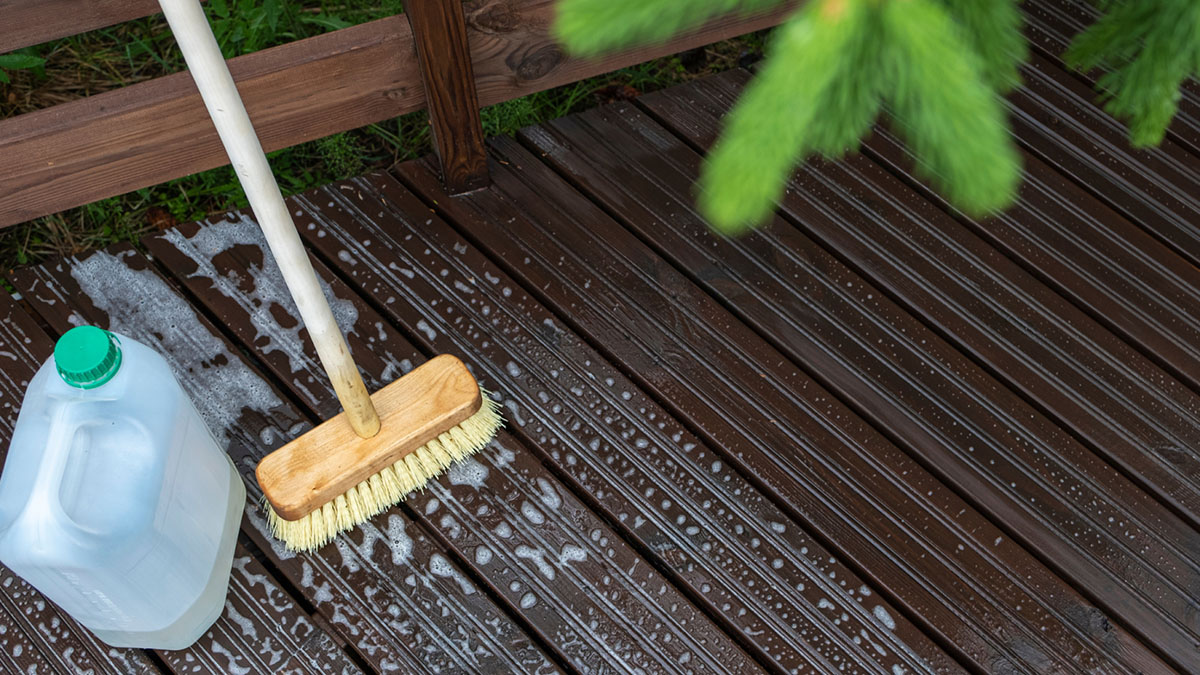
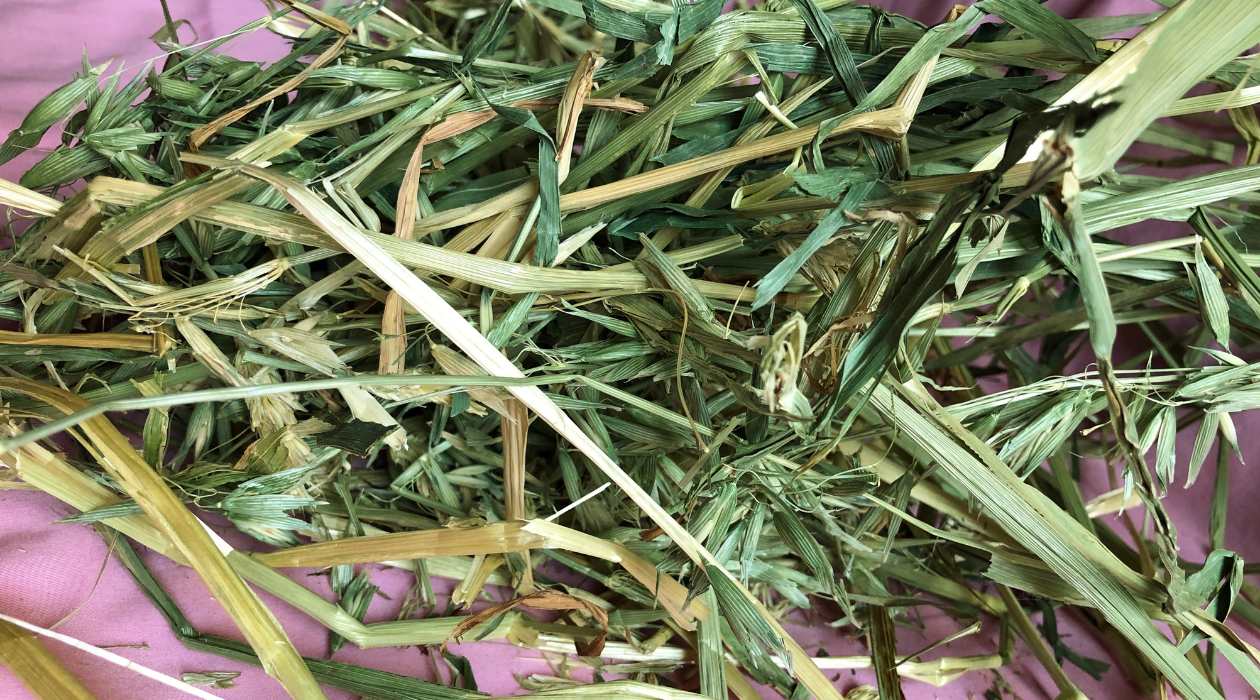
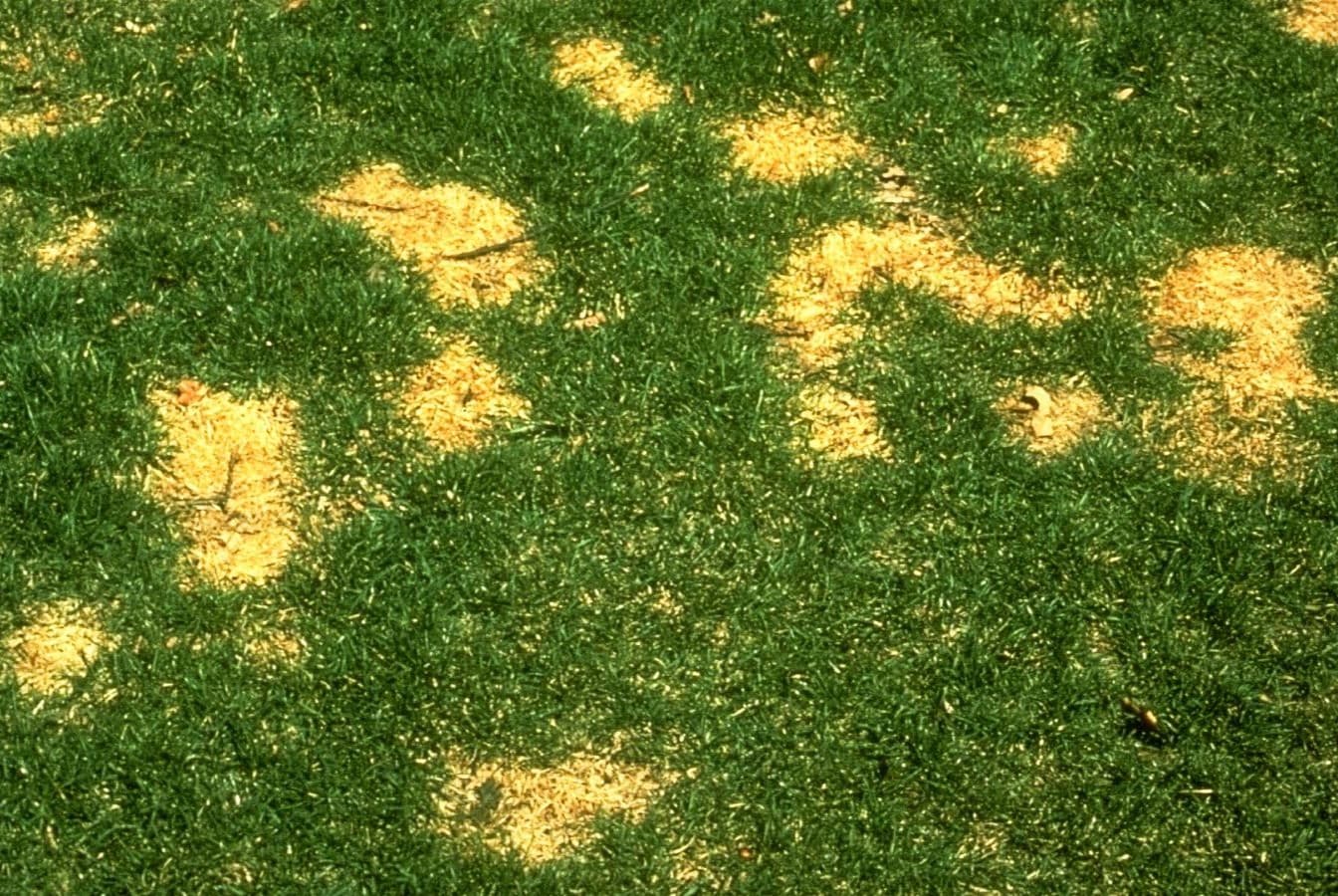


0 thoughts on “How To Stop Rabbits From Eating Grass”